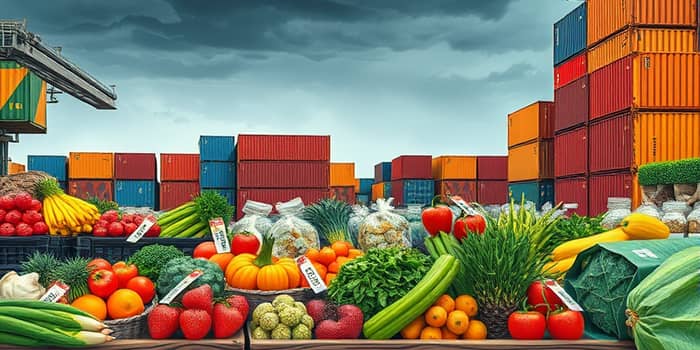
As challenges mount across borders, consumers and communities face rising grocery and restaurant bills.
Across the United States, households are bracing for uneven changes at the checkout. The USDA’s projections suggest that overall food prices will climb by approximately 2.9% in 2025, compared with earlier years of elevated inflation. This shift remains part of a longer trend: prices are up 31% since 2019, reflecting a tapestry of economic, climatic, and geopolitical pressures.
For those stocking kitchen pantries, food-at-home prices are predicted to rise between 2.2% and 3.3%, a marked increase from 1.2% in 2024. Meanwhile, dining out will not offer much relief: restaurant menus will likely see a near 3.9% uptick in costs. Globally, the FAO Food Price Index averaged 127.7 in May 2025, a slight dip from April but still elevated by historical standards.
Multiple forces converge to push prices upward. Supply chain pressures, trade disruptions, and weather extremes combine in unpredictable ways, undermining both production and distribution networks.
Price spikes do not affect all regions equally. Vulnerable populations confront acute hardships when staples become unaffordable, compounding existing food security struggles.
Areas such as Sub-Saharan Africa, the Middle East, and parts of South Asia face acute crises due to price spikes. Export bans on essential crops like rice can create sudden shortages, leaving entire nations scrambling for imports. Much of the pandemic’s aftershock still reverberates through energy markets, exacerbating bottlenecks and raising transportation costs for food aid programs.
To navigate uncertainty, many firms are redesigning supply networks and investing in technology-driven resilience. Real-time tracking, advanced forecasting, and diversified sourcing are becoming industry standards.
As volatility persists, stakeholders from governments to consumers must collaborate on long-term measures. Enhancing agricultural resilience, reducing waste, and advancing climate-smart practices will be critical to stabilize prices.
Experts emphasize that investment in climate-adaptive agriculture can safeguard yields under shifting weather patterns. Reducing the estimated 30% global food waste offers another lever to alleviate pressure on supplies. On the policy front, easing tariffs and fostering open trade can restore more predictable flows of goods.
Ultimately, embrace resilience and create change is the rallying cry. By supporting sustainable farming, advocating for fair trade policies, and adopting mindful consumption habits, each of us can play a role in ensuring stable, affordable access to food—today and for future generations.
References













